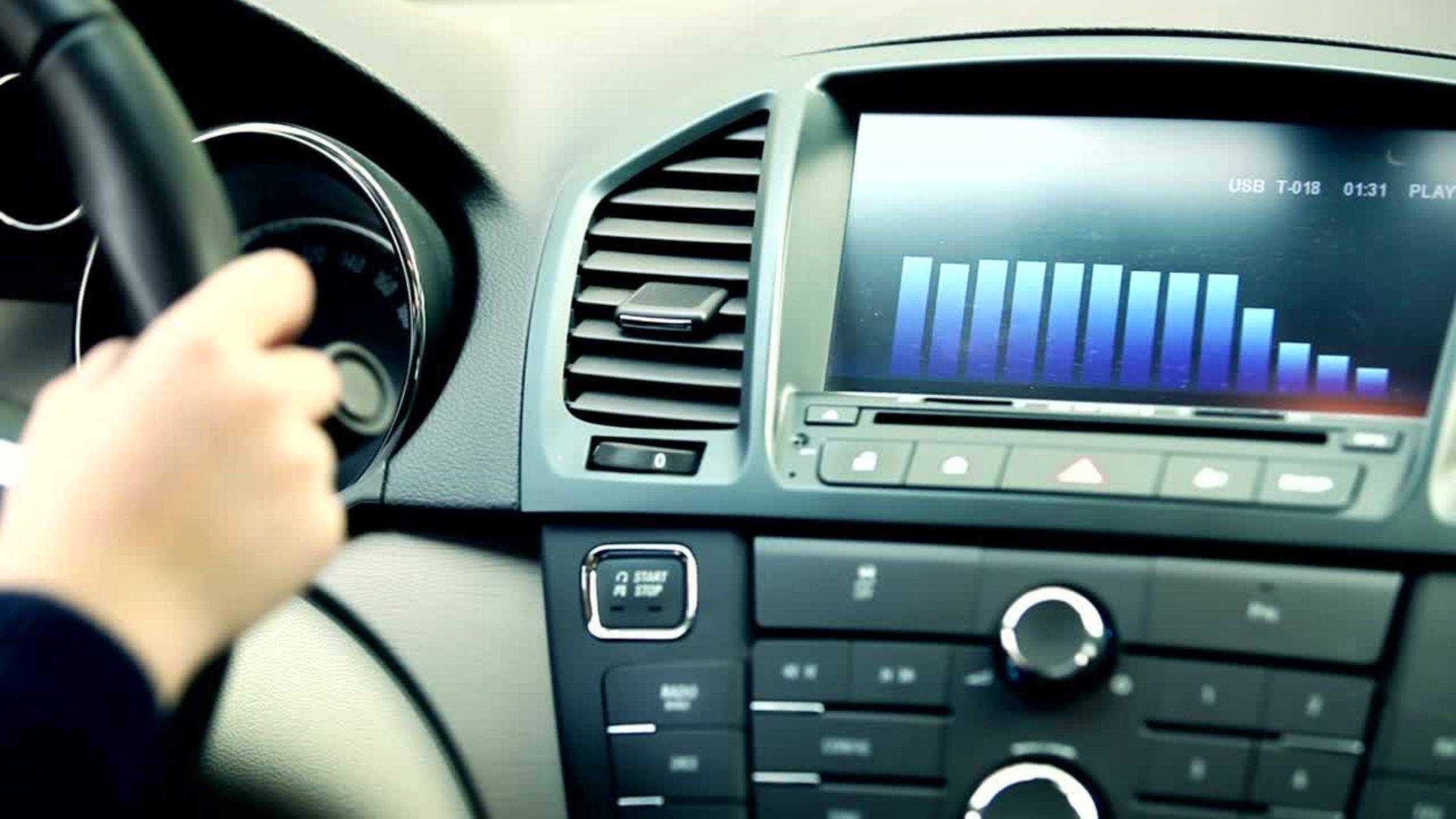
Enhancing your driving experience with high-quality audio is easily achievable by upgrading your car’s audio system. If you’re dissatisfied with the sound quality provided by the stock system, it’s time to consider an upgrade. Although it may seem intimidating, even beginners can achieve impressive results. In this beginner’s guide, we’ll walk you through the essential steps to upgrade your car’s audio system and help you enjoy a better audio experience on the road.
Step 1: Determine Your Audio Needs
- Understand your preferences: Consider the type of music you listen to, your desired sound quality, and the budget you’re willing to allocate for the upgrade.
- Make informed decisions: By understanding your audio needs, you can better evaluate the options available to you during the upgrade process.
Step 2: Research Audio Components
- Learn about the components: Familiarize yourself with the main components, including the head unit, speakers, amplifiers, and subwoofers.
- Compare brands and models: Research and compare different brands, models, and features of these components to find the ones that best suit your needs and budget.
- Consider important factors: Pay attention to factors like power output, frequency response, and compatibility with your vehicle.
Step 3: Upgrade the Head Unit
- Importance of the head unit: The head unit serves as the control center of your car’s audio system.
- Look for desired features: Consider upgrading to a head unit that offers Bluetooth connectivity, USB ports, auxiliary inputs, and compatibility with smartphone integration systems like Apple CarPlay or Android Auto.
- Enhance audio experience: Upgrading the head unit can significantly improve your audio experience and provide convenient connectivity options.
Step 4: Upgrade the Speakers
- Impact of speaker upgrades: Upgrading your car’s speakers can have a dramatic impact on sound quality.
- Understand speaker types: Research different types of speakers, such as component speakers and coaxial speakers.
- Consider fit and installation: Choose speakers that fit properly in your vehicle’s speaker locations and are compatible with the existing setup.
Step 5: Consider Amplifiers
- Amplifier benefits: Amplifiers help increase power and clarity in your audio system.
- Compatibility and features: Look for an amplifier that matches the power requirements of your speakers and subwoofers.
- Installation options: Amplifiers can be installed in various locations in your vehicle, such as under seats or in the trunk.
Step 6: Add a Subwoofer
- Enhancing bass and immersion: Consider adding a subwoofer to your car’s audio system for deep bass and a more immersive experience.
- Determine size and type: Determine the size of the subwoofer that fits in your vehicle and choose between powered or passive subwoofers.
Step 7: Installation
- Seeking professional help: While basic upgrades can be done following online tutorials, it’s recommended to consult a professional car audio installer for a proper installation.
- Ensuring proper integration: Professionals have the necessary expertise to integrate the new system with your car’s electrical system without causing any damage.
Step 8: Fine-Tuning the Sound
- Adjusting audio settings: Utilize the built-in equalizers and sound adjustments on your head unit and amplifiers to fine-tune the sound to your liking.
- Consider additional tools: Invest in a sound processor or digital signal processor (DSP) for even greater control over the sound output.
Conclusion
Upgrading your car’s audio system can greatly enhance your driving experience by providing high-quality audio. By following these steps and conducting thorough research, even beginners can achieve a significant improvement in their car’s audio quality. So, hit the road, turn up the volume, and enjoy the journey with your favorite tunes in high fidelity!
